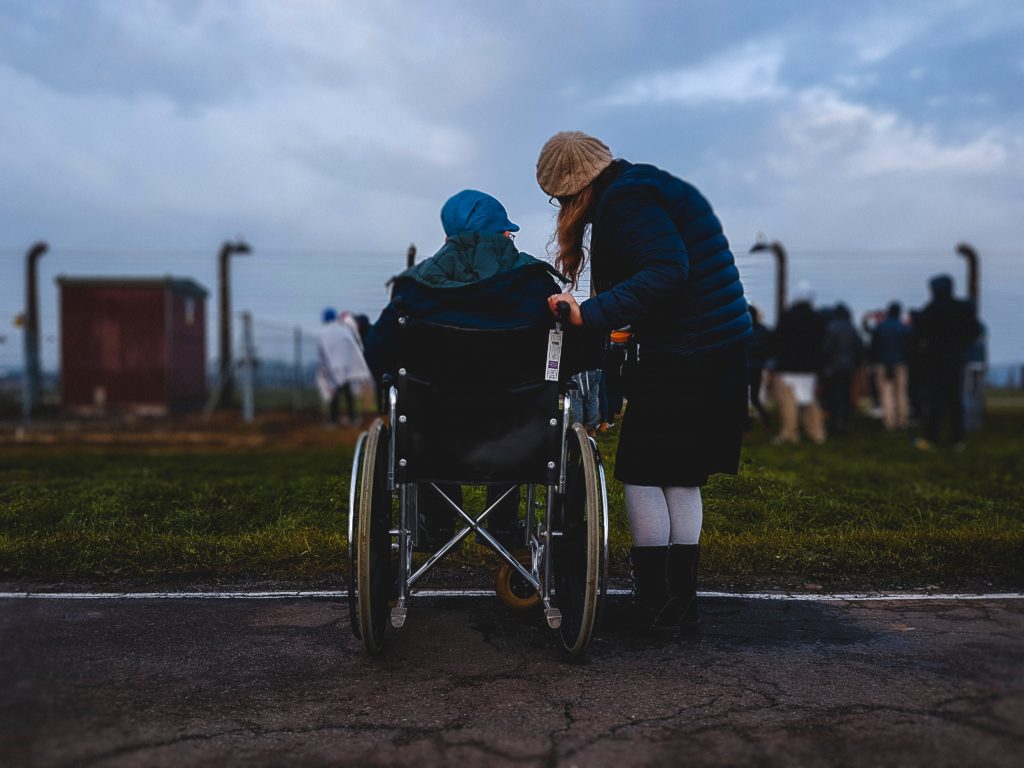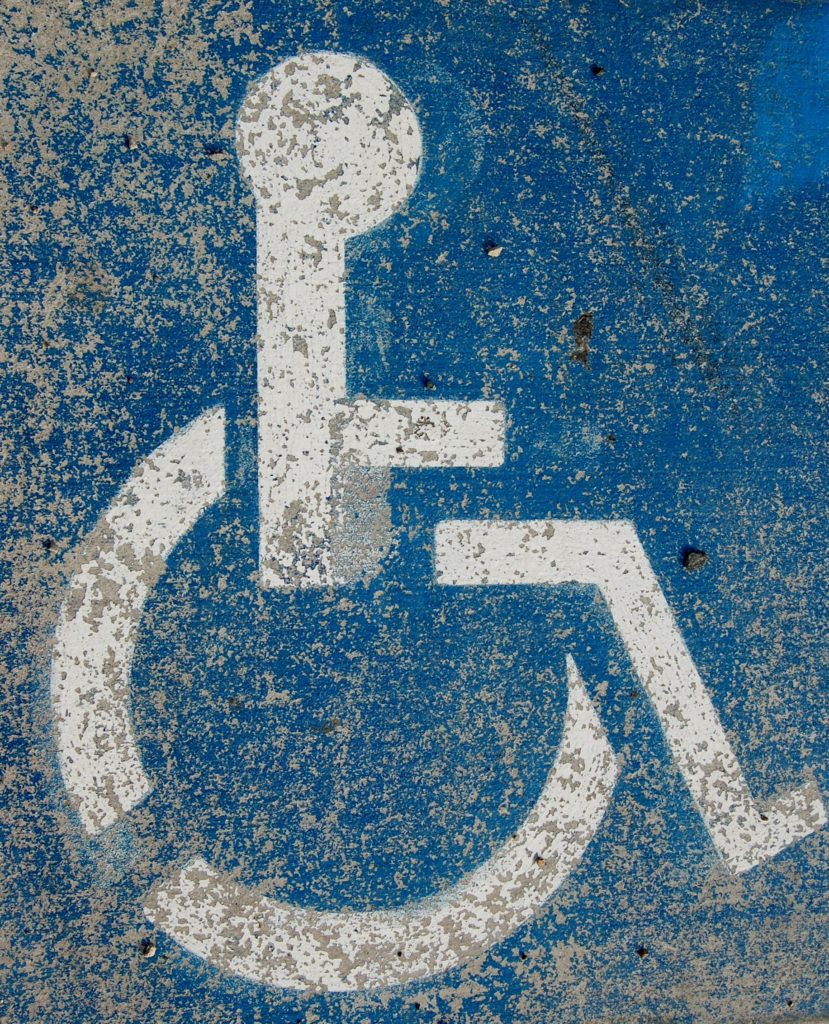Note: In this final entry into the Identity in America Series, we look at voices from the community of people living with disabilities.

Photo by Josh Appel on Unsplash
The fight for disability rights is closely related to the civil rights movement. Although activism for disabled rights can be traced back to the 1800’s, the legislation of the civil rights era allowed for subsequent disability legislation, for the first time in this country. In fact, the 1964 Civil Rights Act was used as a template for what would be the 1973 Rehabilitation Act.
Not so long ago, disabled individuals often found themselves in mental institutions. These otherwise intelligent, capable people were trapped in a society unwilling to listen or change for decades. This began to change with the presidency (1933-1945) of Franklin Deleano Roosevelt. His use of a wheelchair brought awareness to the need for making provisions for those with disabilities. WWII continued to spread awareness, on account of many veterans returning home from war and calling on the government and Armed Forces to provide resources for them. Today, people with disabilities are the largest minority, making up 19% of the population. This post will outline the key voices and legislation since the 1970’s surrounding the identity politics of those living with disabilities.
Key Activists:
Ed Roberts arrived at UC Berkeley in 1962 and was the first Berkeley student to rely on a wheelchair. A few students with disabilities followed, calling themselves “ The Rolling Quads.” The Rolling Quads lived in the student medical center, and the model there served as a template on disabled housing for the rest of the country to follow. Roberts also founded the Physically Disabled Students Program in 1970, which became the model for the Independent Living Center (est. 1972). In 1983, Roberts, along with Judy Heumann and Joan Leon, founded the World Institute on Disability in Oakland, California. The Institute works to integrate disabled persons into society and increase employment, economic security and healthcare. Roberts continued his activism for disabled rights until his death in 1995.
Carrie Ann Lucas was a lawyer and activist for disabled rights. Her death last month, at just 47 years old, is widely considered an indictment of society’s discrimination against those living with disabilities. Lucas had adopted four children, each living with disabilities, and herself lived with a rare form of muscular dystrophy. She spent her life fighting for rights for disabled parents to adopt children.One of just two US lawyers representing disabled parents, Lucas created in Colorado the country’s only legal service center for disabled parents.
Wendy Lu is a journalist who has written for The New York Times, Columbia Journalism Review, and Bustle. She covers health, society and politics, and is also an advocate of disability rights. She writes that society’s focus should be on improving autonomy, not necessarily finding cures for disabilities.
Key Legislation:
The first piece of legislation for disabled persons was 1968’s Architectural Barriers Act. This required all federal buildings, and all buildings receiving federal funding, to be accessible to those with physical disabilities.
The 1972 Rehabilitation Act, passed in 1973, is the landmark legislation for people living with disabilities. It saw to equal employment in federal government and for receiving federal funds by prohibiting discrimination on the basis of either mental or physical disability. A month-long sit-in at a San Francisco federal building was what finally prompted the signing of this bill.
This was also the first time disabled persons were recognized as a group marginalized by society. Rather than looking at each individual diagnosis as a special instance, this act recognized the group identity of people living with disabilities. This act also opened the door for the Independent Living Movement, which advocated for support and resources to allow otherwise capable adults to live alone.
The Education for All Children Act (1975) made sure all children had access to education. This legislation, and the advocacy leading up to it, was based on the civil rights ruling in Brown v. Board of Education.
The act was expanded in 1990 to IDEA, which allowed parents to be more involved with the educational choices for their children. IDEA requires educators to develop an individualized education plan with parental approval for each child with a disability.
The Americans with Disabilities Act was passed in 1990. Similar to the Civil Rights Act of 1964, it outlawed discrimination of government services, employment, telecommunications, public accommodations, or transportation based on mental or physical disabilities. Part of this act introduced standards for handicap parking spaces and accessible restrooms in public spaces. The act was also updated in 2008 to include those living with chronic illnesses.

Photo by Matt Artz on Unsplash
The current state:
As Carrie Ann Lucas’ premature death highlights, healthcare is currently the most crucial area of the fight for disabled rights. Access to affordable healthcare, which cannot be denied by insurance companies is yet to become a reality in America. The recent political discussion of assisted suicide is hotly contested by disabled activists, too. There is also a push towards political intersectionality with other minorities, especially with people of color or from the LGBT community. Finally, the entertainment media are increasingly called out for their lack of inclusion and one-dimensional portrayals of people living with disabilities.




